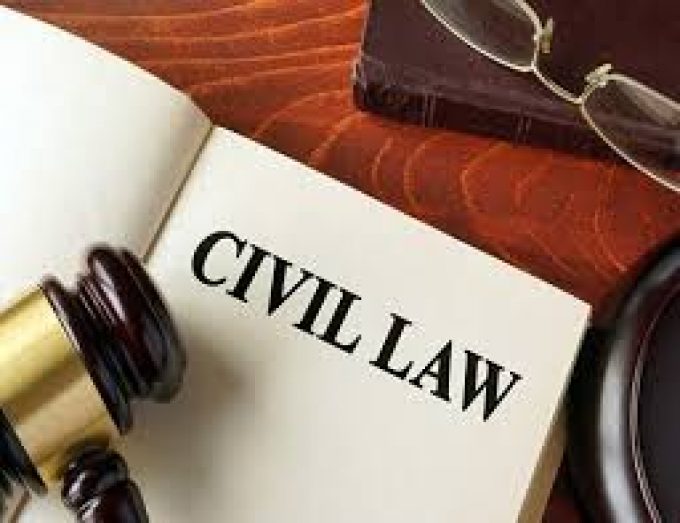Typically, any characteristic of a public property that has contributed to accidental injuries can be used in a claim for dangerous conditions on public property. Therefore, state law institutes separate components of responsibility, as well as a number of exemptions that prohibit possible lawsuits alleging harmful conditions on government-owned land. It is usually difficult for commoners to grasp the mechanism of liability aspects and clauses of immunity. They need professional guidance in order to protect their rights and prevent unfavorable consequences in the event of legally challenging a public entity.
Civil Litigation Attorney in Los Angeles, CA, gives an overview of the legal requirements for initiating a lawsuit against dangerous conditions on public property and acquiring fair compensation for your injuries:
The Scope of Dangerous Conditions
Dangerous conditions can be described as a state of property that increases risk of injury-causing incidents while it is utilized as per norms. It should be evident that the property in question is in public use, and that there were no restrictions or special instructions in place. The alleged dangerous conditions must demonstrate physical flaws, damage, or deterioration to a degree that makes them potentially unsafe for people acting reasonably or cautiously. Other features leading to dangerous conditions may include problems with design, structure, location, and presence of natural dormant hazards.
Whatever the case, the plaintiff shall have to prove that the injuries were caused by the negligence or misconduct of the responsible party. It is vital to acknowledge that there is no hard and fast rule for what defines a dangerous condition, since every case is unique. A solution in one context may not be applicable in another, thus it is necessary to research similar cases to reach a reasonable hypothesis.
When establishing a dangerous condition, it is imperative to hire an expert who can conduct proper evaluation and provide real evidence. For example, if the accident occurred on a defective highway, you may need to consult a traffic engineer. A professional will not just accurately pinpoint the defect, but also identify alternative practical theories to pursue, suggest on what evidence to gather, and endow strategies to counteract potential defenses.
Establishing Liability for Dangerous Conditions
A legal representative handling your public liability claim shall issue arguments based upon common law concepts, thereby exhibiting you as an “invitee” or “licensee.” The defense counsel may then defer to the Act abolishing all public-entity common-law tort liability. The founded liability must strictly comply with TCA requirements and truly invalidate the Act’s statutory affirmative defenses. Section 835 of the Government Code clearly states the foundation for culpability and specifies the items necessary to file such a claim.
A government agency can be held responsible for an injury caused by a dangerous condition on public property if the plaintiff’s evidence shows that:
- the hazardous circumstances existed at the time of the incident
- the injury was more or less the result of stated condition
- the dangerous conditions generated a realistically predictable risk of the type of injury sustained
The plaintiff should also be able to prove that:
- The dangerous condition was caused by a negligent or unlawful act or omission of a public entity operative acting within the parameters of their job, or
- With reference to section 835.2, the public entity had definite or concrete knowledge of the unsafe situation prior to the harm, i.e. they had ample time to implement corrective or protective measures.


